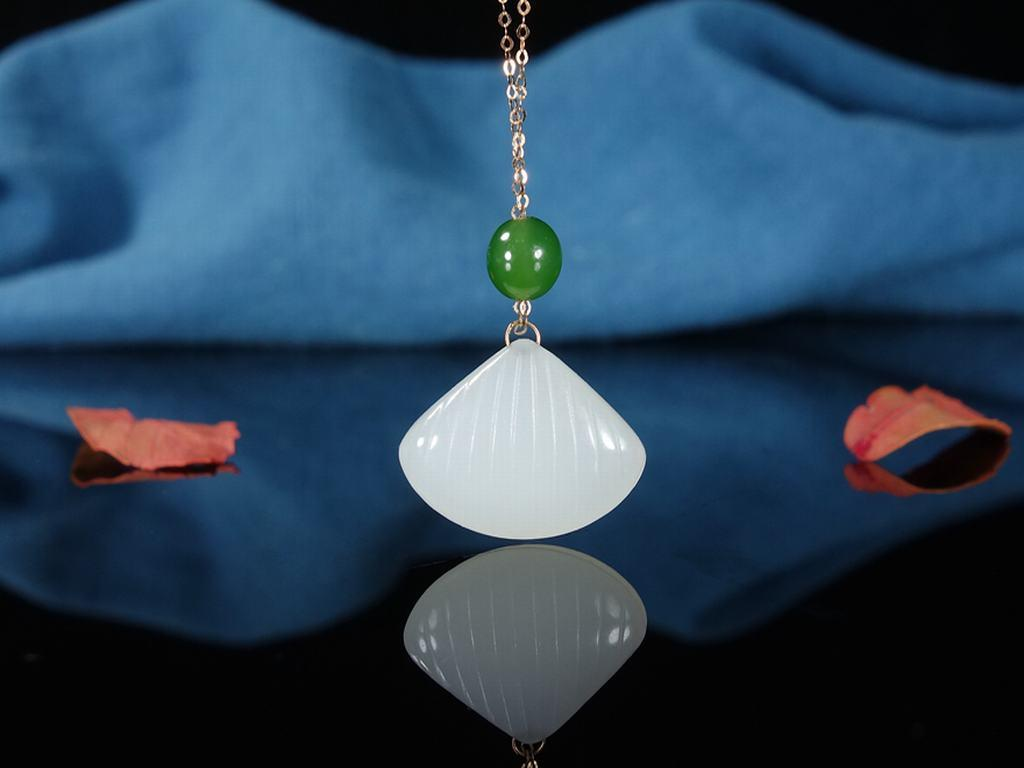Jade has been a prized gemstone for thousands of years, revered for its beauty, durability, and spiritual significance. In many cultures, jade necklaces are worn as a symbol of status, power, and protection. From ancient China to modern-day Mexico, jade has played a significant role in the cultural traditions of many countries. In this blog, we will explore the cultural significance of jade necklaces in different countries, and how they have evolved over time.

Jade Necklaces in Ancient China
Jade has been a part of Chinese culture for over 5,000 years, and is considered one of the most important gemstones in Chinese history. In ancient China, jade was believed to have spiritual powers, and was often used in religious ceremonies and rituals. Jade necklaces were worn by emperors and members of the royal family as a symbol of their power and authority. The color of the jade was also significant, with green jade representing life and growth, and white jade representing purity and wisdom.
Jade necklaces were also given as gifts to show respect and admiration. In Chinese culture, it is believed that jade has the power to protect the wearer from harm, and to bring good luck and fortune. Today, jade necklaces are still popular in China, and are often given as gifts for special occasions such as weddings and birthdays.
Jade Necklaces in Central America
Jade was also an important part of the cultural traditions of the ancient Maya and Aztec civilizations in Central America. Jade was considered a sacred stone, and was often used in religious ceremonies and rituals. Jade necklaces were worn by the ruling class as a symbol of their power and authority, and were often adorned with intricate carvings and designs.
In Maya culture, jade was believed to have healing powers, and was used to treat a variety of ailments. Jade necklaces were also given as gifts to show respect and admiration, and were often passed down from generation to generation as a family heirloom.
Today, jade necklaces are still popular in Central America, and are often sold as souvenirs to tourists. However, the tradition of wearing jade necklaces as a symbol of power and spirituality has largely faded away.
Jade Necklaces in Southeast Asia
Jade is also an important part of the cultural traditions of many countries in Southeast Asia, including Thailand, Myanmar, and Vietnam. In these countries, jade is often used in religious ceremonies and rituals, and is believed to have spiritual powers.
Jade necklaces are often worn as a symbol of protection and good luck, and are believed to bring prosperity and success. In Thailand, jade necklaces are often given as gifts to show respect and admiration, and are considered a sign of friendship and loyalty.
In Myanmar, jade is considered a national treasure, and is often used in traditional Burmese jewelry. Jade necklaces are often adorned with intricate carvings and designs, and are considered a symbol of beauty and elegance.
Jade Necklaces in Western Culture
In Western culture, jade necklaces are often seen as a fashion accessory, rather than a symbol of power or spirituality. However, the beauty and durability of jade has made it a popular gemstone for jewelry designers.
Jade necklaces are often paired with other gemstones, such as diamonds or pearls, to create a unique and elegant look. Jade is also often used in modern jewelry designs, such as minimalist necklaces and statement pieces.
Despite its popularity in Western culture, jade still holds a special place in the cultural traditions of many countries around the world. Whether worn as a symbol of power, spirituality, or beauty, jade necklaces continue to be a cherished and meaningful piece of jewelry.